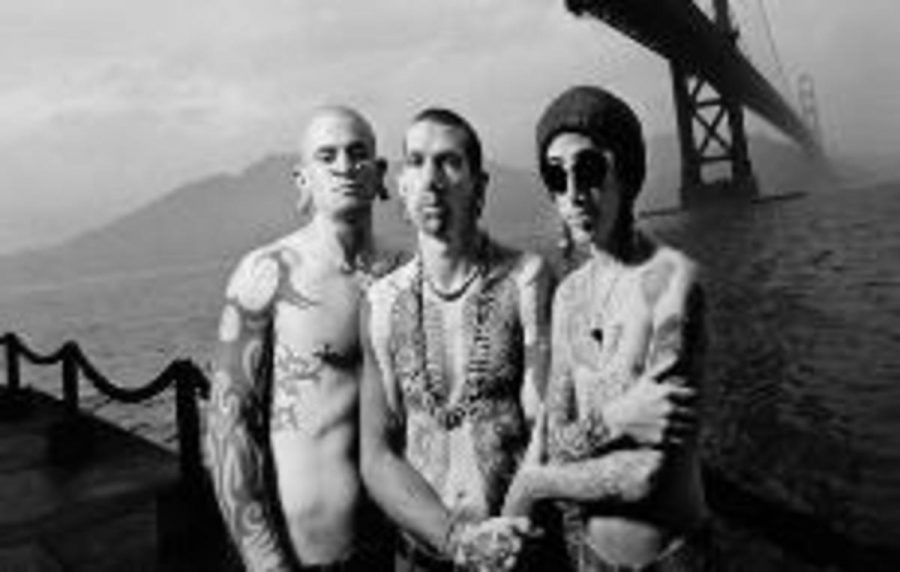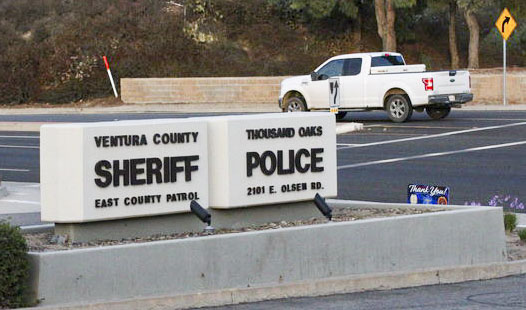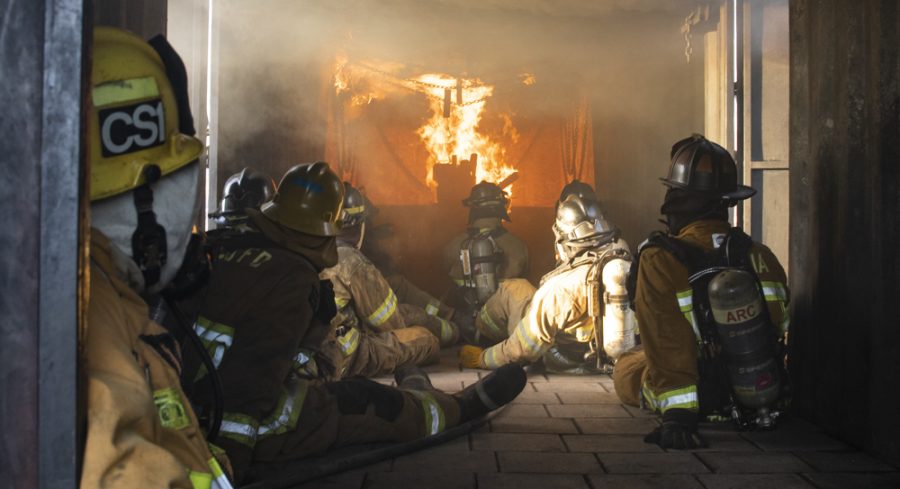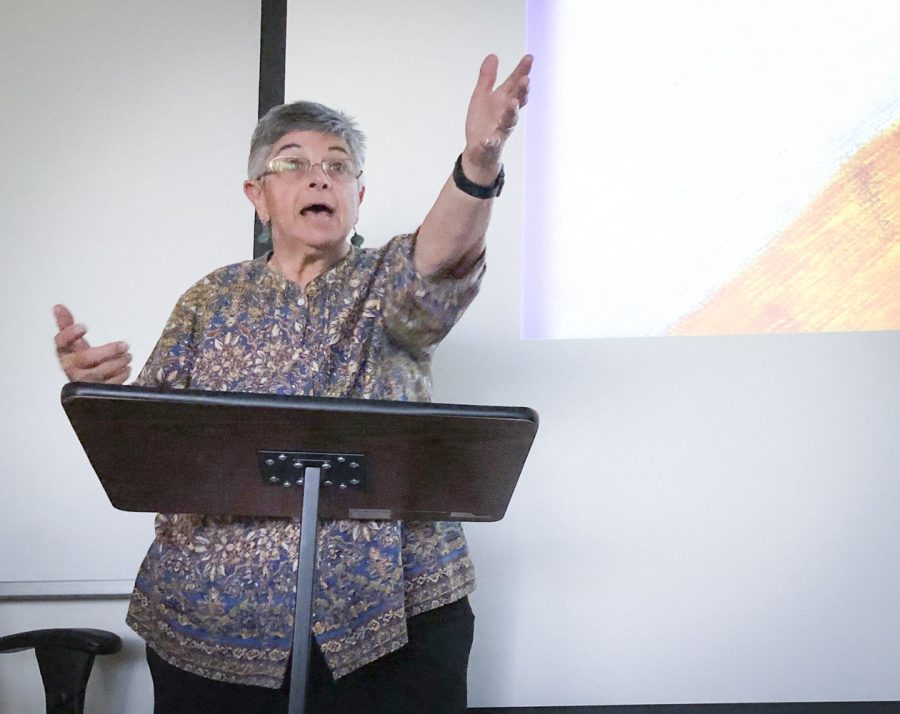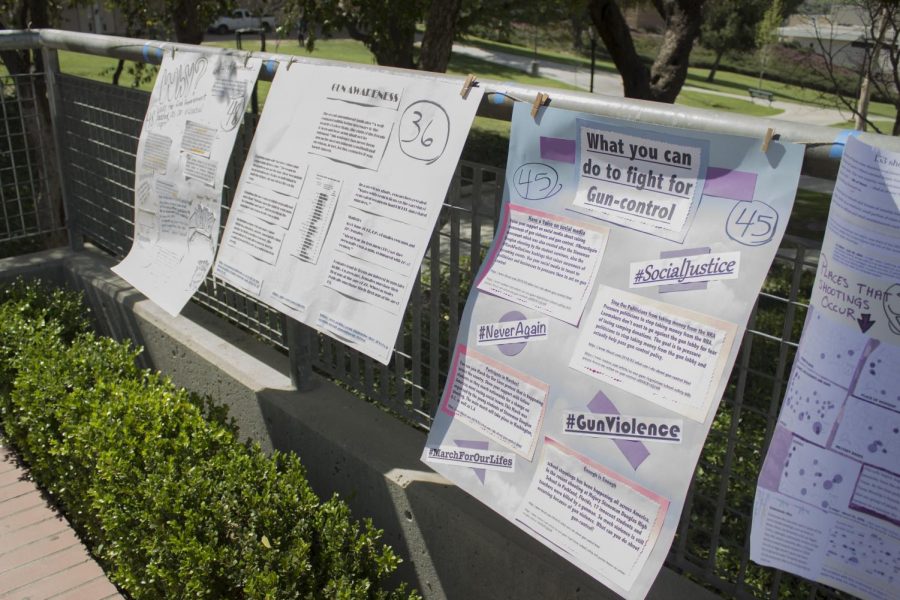Think tattoos are silly little permanent drawings on the skin reserved for the more alternative crowd? Think again. In fact, you can even think your way to Gallery 2 on the Ventura College campus.
From Sept. 12 through the 22, Gallery 2’s walls will be adorned with Chris Rainier, a noted Photojournalist, work from his book “Ancient Marks: The Sacred Origins of Tattoos”.
“I really wanted to do something about body modification,” says Sharon Coughran-Rayden, the gallery director, “specifically scarification.”
Coughran-Rayden had been intrigued by her own reactions to tattoos and how polarized her opinions often were. “The idea was to challenge my own bias.” she says. There is always a bias when it comes to perception, but the esthetic is strong enough that the photographs can be appreciated by anyone.
“I don’t know how you can’t find them remarkable.”
The gallery showcases Rainier’s extensive studies of cultural tattooing throughout Asia, Africa, North America and the South Pacific. The images are taken from his book, “Ancient Marks”, which was published in 2004. The exhibit explores the history of tattooing, scarification, and how deeply rooted in tradition it is for many cultures. The viewer will see the many different purposes of this practice from showing one’s social status to displaying the completion of a right of passage.
One of the prints featured is of a Maori tribesman with an intricate design tattooed on his face. For the Maori, the facial tattoo is not a show of self-expression, as it is in most cases in the United States, but a strict unchangeable show of status. Another photograph is of three men under the Golden Gate bridge. They are on their way to attend the Burning Man Festival, an annual festival of self-expression.
Rainier, a documentary photographer, has worked for National Geographic, Time magazine and many other prestigious publications as a photojournalist. He has traveled worldwide and seen these practices up close.
There will also be an exhibit in the New Media Gallery entitled “Scar Stories” by Amanda Granfeld, a former VC student. This gallery focuses on natural scars, that is to say scars that weren’t purposeful, and how they can be thought of as good or bad. There is a photographed woman featured in the gallery with a large scar running down the side of her face from a dog bite. She said many people told her to get plastic surgery to fix it but she didn’t want to.
She said it reminded her everyday of how lucky she was that the dog didn’t bite her eye.
These are just a few highlights of what these galleries have to offer, for more information contact: Sharon Coughran-Rayden,Gallery Director(805) 648-8947
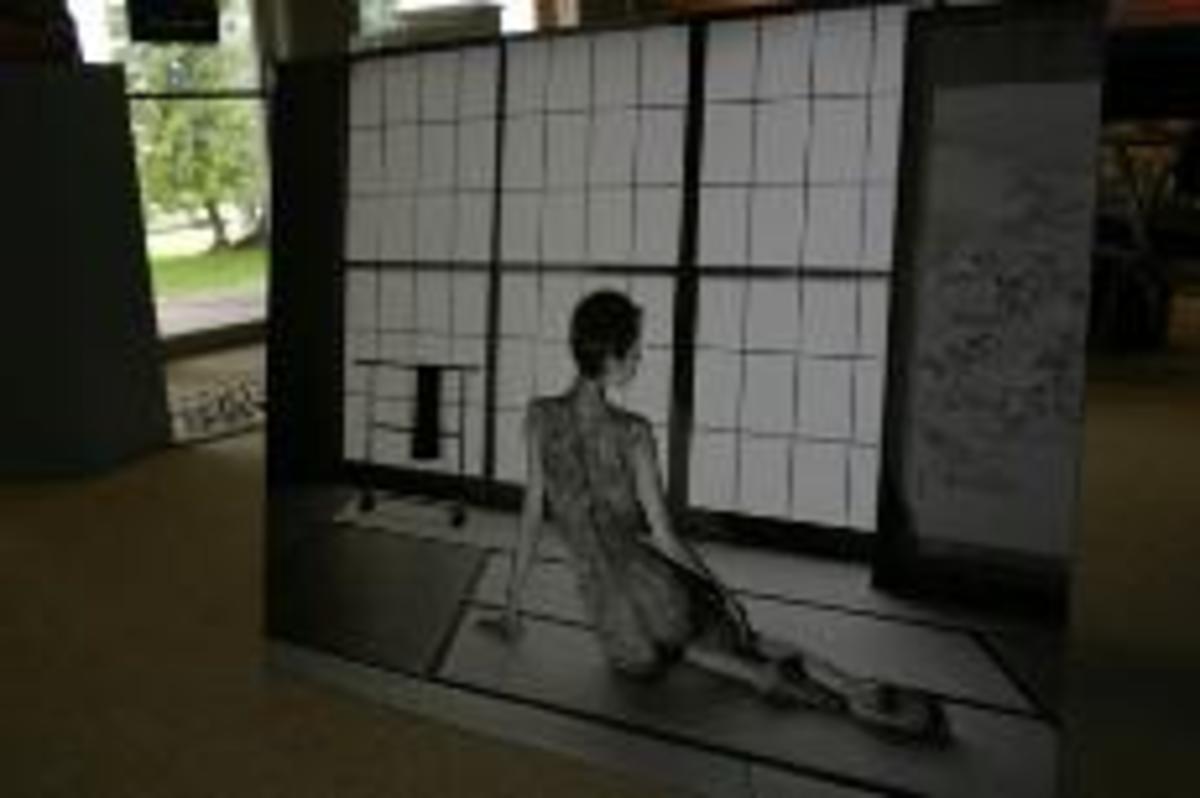
A woman displays her tattoos in one of Chris Rainier’s photographs being presented at the McNish Gallery.

